Innovative nanoscale engineering enhances energy storage – addressing the growing demand for efficient energy solutions.
Researchers from Dongguk University, Seoul, South Korea, have achieved a significant breakthrough in lithium-ion battery technology by developing a novel hybrid anode material.
The innovative study introduces a hierarchical heterostructure composite that optimises material interfaces at the nanoscale, resulting in enhanced energy storage capacity and long-term cycling stability. This engineered structure integrates graphene oxide’s superior conductivity with the energy storage capabilities of nickel-iron compounds for future electronics and energy solutions.
Demand for higher energy density, faster charging and longer lifespans necessitates continuous innovation.
Researchers, led by Professor Jae-Min Oh of Dongguk University, in collaboration with Seung-Min Paek of Kyungpook National University, are addressing these challenges by engineering materials at the nanoscale.
Their work focuses on a novel hybrid material designed to maximize the synergistic effects of its components. This innovative composite is a hierarchical heterostructure that combines reduced graphene oxide (rGO) with nickel-iron layered double hydroxides (NiFe-LDH).
The unique composite leverages the properties of its components: rGO provides a conductive network for electron transport and the nickel-iron-oxide components enable fast charge storage through a pseudocapacitive mechanism. The key to this innovative design is the abundance of grain boundaries, which facilitate efficient charge storage.
To achieve the final composite, the researchers employed a layer-by-layer self-assembly technique using polystyrene (PS) bead templates. First, the PS beads were coated with GO and NiFe-LDH precursors. The templates were then removed, leaving behind a hollow sphere architecture. Following this, a controlled thermal treatment induced a phase transformation in NiFe-LDH, leading to the formation of nanocrystalline nickel-iron oxide (NiFe₂O₄) and amorphous nickel oxide (a-NiO), while simultaneously reducing GO to rGO. This synthesis resulted in a well-integrated hybrid composite (rGO/NiFe₂O₄/a-NiO), with enhanced conductivity making it an efficient anode material for lithium-ion batteries. This hollow structure prevents direct contact between the a-NiO/NiFe₂O₄ nanoparticles and the electrolyte, improving stability.
Advanced characterisation techniques, such as X-ray diffraction and transmission electron microscopy, were then used to confirm the composite’s formation. Electrochemical tests revealed the material’s exceptional performance as a lithium-ion battery anode. The anode demonstrated a high specific capacity of 1687.6 mA h g−1 at a current density of 100 mA g−1 after 580 cycles, surpassing conventional materials and highlighting its excellent cycling stability.
Furthermore, the material exhibited good rate performance, maintaining high capacity even at significantly increased charge/discharge rates.
Professor Seung-Min Paek said: “This breakthrough was made possible through close cooperation between experts in diverse materials. By combining our strengths, we were able to design and optimise this hybrid system more effectively. “
Professor Jae-Min Oh said: “We anticipate that, in the near future, energy storage materials will move beyond simply improving individual components. Instead, they will involve multiple interacting materials that create synergy, resulting in more efficient and reliable energy storage devices. This research offers a pathway to smaller, lighter and more efficient energy storage for next-generation electronic devices.”



